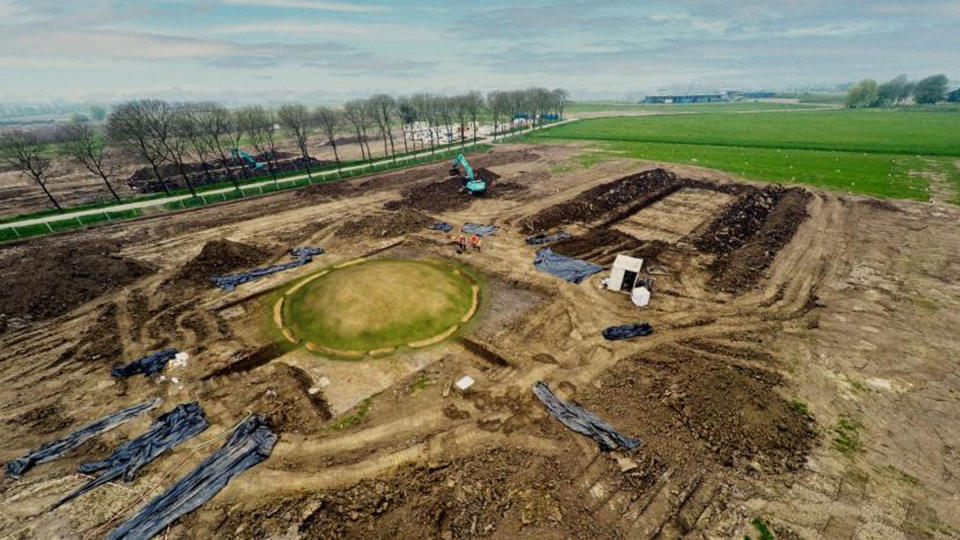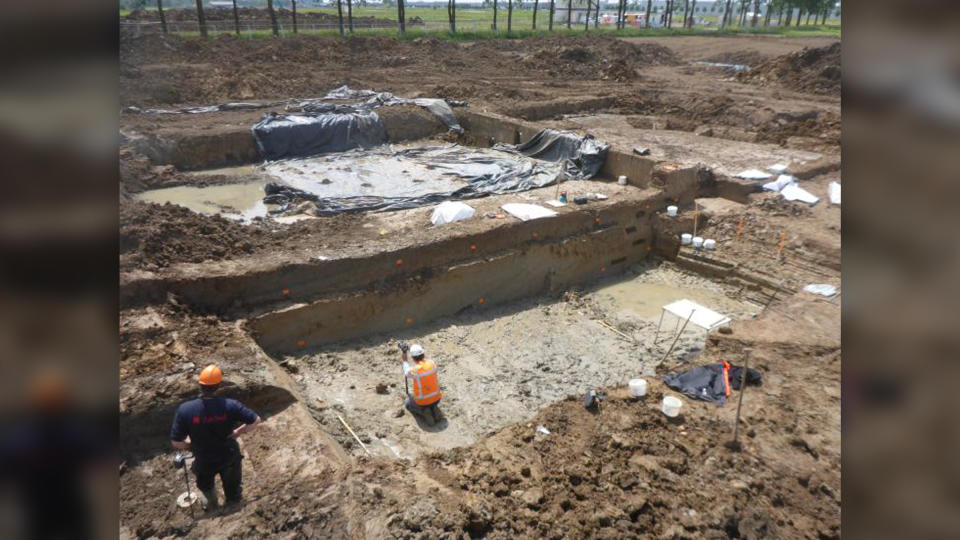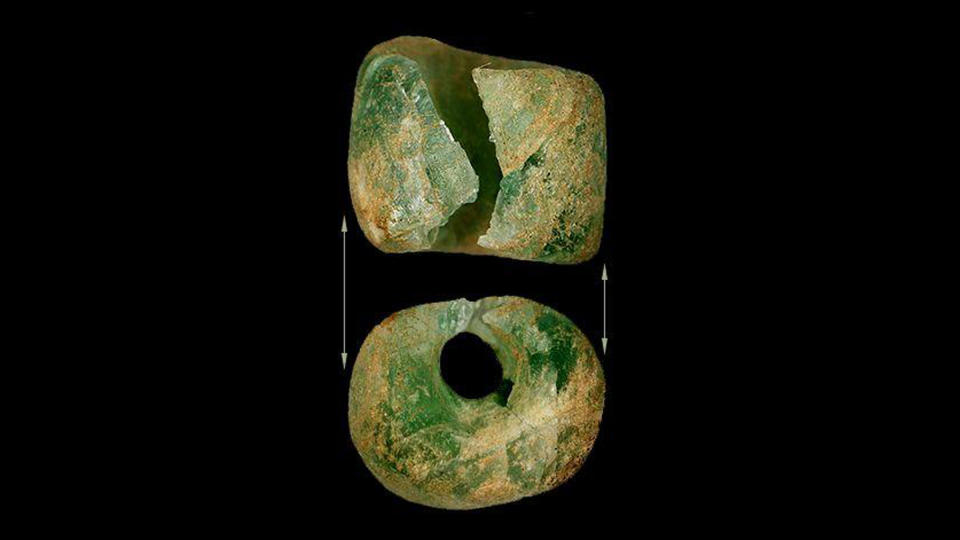4,500-year-old 'Stonehenge' sanctuary discovered in the Netherlands

Archaeologists in the Netherlands have unearthed a 4,500-year-old sanctuary whose earthen mounds align with the sun on solstices and equinoxes. And, just like Stonehenge, the sanctuary was also used for burials and rituals.
People were buried at the sanctuary over a period of 800 years, according to a translated statement from the Municipality of Tiel, where the remnants of mounds, ditches, a flat burial field and a farm were discovered.
The largest of the three mounds holds the remains of men, women and many children who died between about 2500 B.C. and 1200 B.C., the researchers said. Excavators also discovered ancient burials surrounding the sanctuary, making the entire site about 9.4 acres (3.8 hectares), larger than seven American football fields. More than 80 individuals were unearthed at the site; some were buried, and others were cremated, according to the statement, which noted that "these deceased must have played an important role in the rituals."
Related: Vast cemetery of Bronze Age burial mounds unearthed near Stonehenge

Although the sanctuary doesn't have stone boulders like Stonehenge does, it appears that the largest burial mound served as a calendar that helped people mark the sun's movements, the researchers said in a translated statement. For instance, precious artifacts, such as a bronze spearhead, were buried where the sun's rays hit the ground through an opening at the sanctuary.
Tracking the solstices and equinoxes was "important for religious festivals, for example, but also to calculate what the sowing and harvesting times [were]," according to the statement. It's likely these special solar days were celebrated, and a farm at the site might have served as a spot for festive gatherings, the archaeologists added.

The team also discovered pits and the remains of poles and buckets. It appears that these pits held water, suggesting they were involved in cleansing rituals, according to the statement.
Researchers discovered the site at an industrial estate known as the Medel business park in late 2016 and spent the next year excavating it. During that time, they uncovered more than 1 million finds from the Stone Age, Bronze Age, Iron Age, Roman Empire and Middle Ages, the team said in the statement. It took six years to analyze and piece together the finds, which included artifacts of pottery, bone, loam (soil and clay), stone, flint and wood.

"Rarely do archaeologists get the chance to excavate so much terrain around burial mounds," the researchers wrote in the statement. "Now it is clear how unique this find and this sanctuary" are.
related stories
—Long-lost fragment of Stonehenge reveals rock grains dating to nearly 2 billion years ago
—Original 'Stonehenge' discovered, echoing a legend of the wizard Merlin
In the oldest section of the burial field, archaeologists excavating a woman's burial found a glass bead from Mesopotamia (modern-day Iraq). This bead, which is the oldest known glass bead in the Netherlands, reveals that people in the region 4,000 years ago had contact with cultures nearly 3,100 miles (5,000 kilometers) away.
Although the site is not open to the public, archaeologists have set up two exhibits showing artifacts from the sanctuary. At the Flipje and Regional Museum, a selection of Bronze Age grave finds will be on display until October 2023, and the National Museum of Antiquities in Leiden is showing finds from a group grave located about 660 feet (200 meters) south of the burial mounds.
